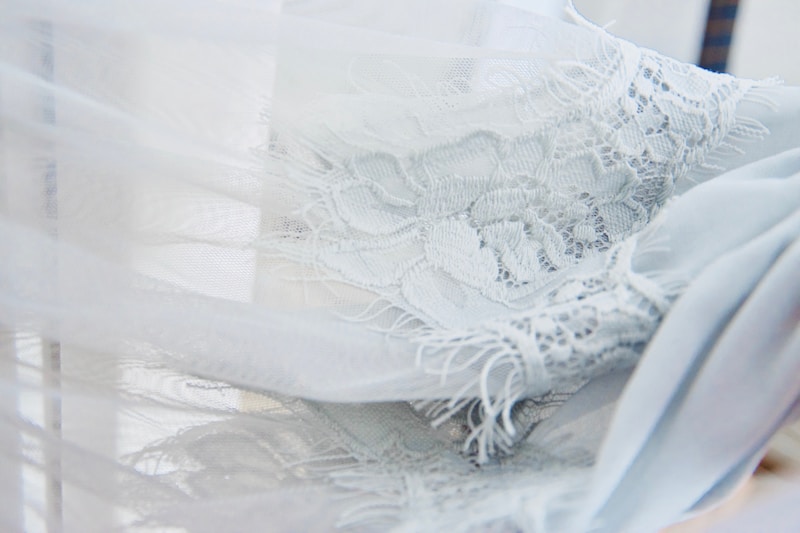Mastering the Art: Craftsmanship in Making Wedding Gowns
Mastering the Art: Craftsmanship in Making Wedding Gowns
When it comes to one of the most important days in a person's life, the wedding gown is often regarded as a symbol of love, commitment, and exquisite taste. The craftsmanship in making wedding gowns is an art form that combines creativity, technical skill, and an understanding of fabric. This article delves into the intricate process behind wedding gown design and construction, ensuring that brides feel their most beautiful on their special day.
The History of Wedding Gowns
Wedding gowns have evolved significantly throughout history. In ancient times, brides wore dresses that reflected their culture and status. However, the modern white wedding gown can be traced back to Queen Victoria, who wore a white lace gown for her marriage to Prince Albert in 1840. Her choice set a trend that continues today.
Why Craftsmanship Matters
Craftsmanship in making wedding gowns is vital because it directly affects the gown's fit, durability, and overall aesthetic. An exquisite gown highlights a bride’s beauty and complements her unique style. Here are key factors in craftsmanship:
| Aspect | Importance |
| Fit | A perfect fit enhances a bride's confidence and comfort. |
| Material | High-quality fabrics ensure a timeless look and lasting wear. |
| Detailing | Intricate embellishments add elegance and personalization. |
| Construction Techniques | Expert techniques contribute to both aesthetics and structural integrity. |
Key Techniques in Crafting Wedding Gowns
The process of creating a wedding gown includes several crucial steps, each requiring skill and attention to detail. Let's explore these techniques:
1. Fabric Selection
The first step in making a wedding gown is choosing the right fabric. Options include satin, lace, chiffon, and tulle. Each fabric has its unique characteristics and drapes differently, affecting the gown's silhouette. 
2. Designing the Gown
Once the fabric is chosen, the next step is designing the gown. This involves sketching the gown's shape, considering elements like neckline, sleeves, and train length. Brides often collaborate with designers to reflect their vision and personality.
3. Pattern Making
After finalizing the design, a pattern must be made. This is a crucial step as it determines how the fabric will be cut. A well-crafted pattern ensures that all pieces come together seamlessly.
4. Cutting the Fabric
Cutting the fabric requires precision. The fabric must be laid out carefully to minimize waste and ensure even cuts. Experienced tailors understand how to cut according to the fabric's grain, which plays a vital role in how the gown falls and moves.
5. Sewing Techniques
Sewing a wedding gown involves various techniques, including hand stitching, machine sewing, and using specialty stitches for embellishments. Tailors must know how to manipulate the fabric to create the desired shapes and textures.
6. Fitting Sessions
Fitting sessions are integral to the crafting process. They allow designers and brides to make adjustments to ensure the gown fits perfectly. Multiple fittings may be necessary, especially if the bride plans to lose weight or if there are changes to her measurements.
7. Final Touches
Once the gown is constructed, the final touches involve adding intricate details such as lace overlays, beading, and embroidery. These elements can elevate a simple gown into a stunning work of art. The final fitting ensures that every detail is perfect.
The Influence of Fashion Trends
Fashion trends can greatly influence wedding gown craftsmanship. Current trends often focus on sustainability, custom designs, and inclusivity. Tailors and designers adapt their practices to meet modern demands while maintaining traditional craftsmanship.
Challenges in Wedding Gown Craftsmanship
Creating a wedding gown is not without its challenges. Here are a few common issues:
- Supply Chain Disruptions: The availability of high-quality fabrics can be affected by global demand.
- Bridal Expectations: Brides may have high expectations, making it crucial for designers to communicate clearly during the design process.
- Time Constraints: With many brides planning weddings on tight timelines, managing production schedules can be challenging.
Why Choose Custom-Made Gowns?
Many brides opt for custom-made wedding gowns to ensure a unique fit and style. Custom gowns offer several benefits:
- Personalization: Brides can create a gown that reflects their personality and wedding theme.
- Quality Assurance: A custom gown is often crafted with higher quality materials.
- Comfort: A gown tailored specifically to the bride's measurements enhances comfort and confidence.
Conclusion: The Art of Craftsmanship in Wedding Gowns
The craftsmanship in making wedding gowns is a time-honored tradition that blends artistry and skills. Whether choosing a custom design or selecting a ready-made gown, understanding the effort and technique behind each piece allows brides to appreciate their choices fully. It is essential to remember that every beautiful gown is crafted with care and precision, making that special day even more memorable.
As you embark on the journey to find your perfect wedding gown, consider working closely with a designer who values craftsmanship as much as you do. By doing so, you ensure that your gown will not only be beautiful but also a reflection of your unique love story.
